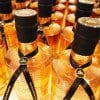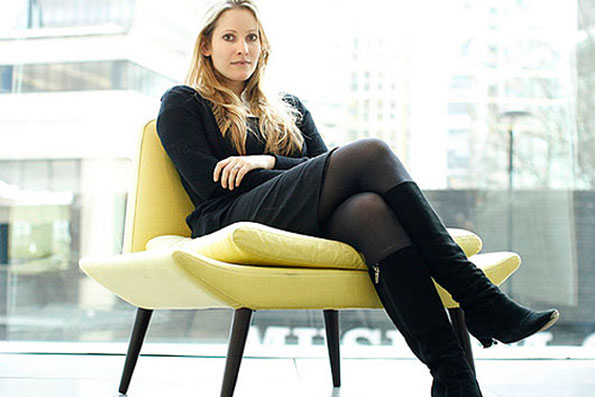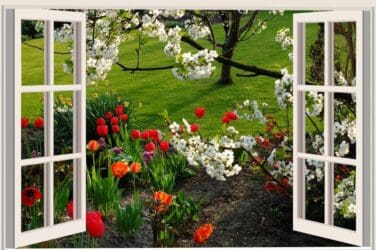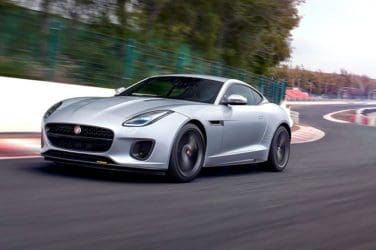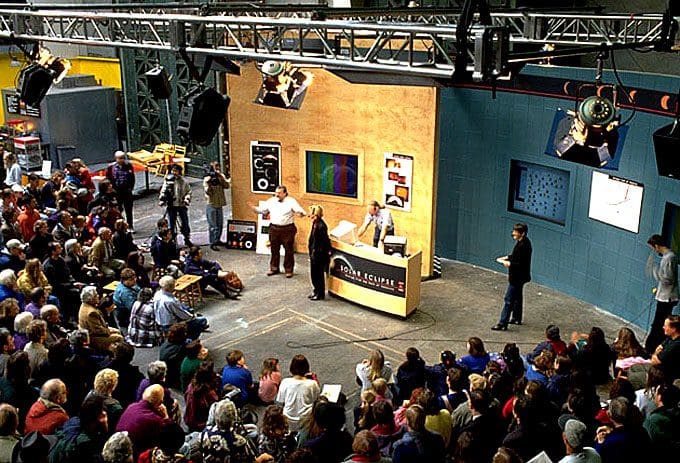Benjamin and Blum – Whisky and Tea pairing – article by Yunhan Fang
Growing up in China, I saw many times people mixing cheap and sweet green tea soft drinks with Chivas Regal at late-night Karaoke or lively dinner parties, so that the harmonious and joyful gathering wouldn’t be interrupted by the overly mature and somehow solitary characteristics of whisky.
Therefore, when I received an invitation from Benjamin & Blum for a whisky and tea pairing I was confused, curious and also struck by a little bit of nostalgia. However, the address on the invitation was at The Royal Automobile Club, one of London’s finest private member lounges, which was nothing like the dim and tumultuous 24-hour Karaoke compartments of China.
Arriving at the luxuriously decorated and slightly dark main hall of The Royal Automobile Club, I am led, by the founder of Benjamin & Blum, Paul Benjamin, and his advisor, to the lift which took us up to the small and meeting room-like venue. The first things I notice on the table are two glass bottles decorated with hundreds of golden diamond-shaped pixels. Through the highly polished glass, champaign-coloured liquid releases a gentle and soothing beam; the colour of the liquid in one bottle is slightly darker than the other. I immediately recognize that the contents of these bottles are the protagonists of today’s tasting session.
Four years ago, Paul started his own food company in London. Produced in a workshop in New Forest, the company’s first, and currently only, product is a luxury bottled tea collection, including Darjeeling Bai Mu Dan (White Peony) tea and Connoisseur’s Oolong. The tea has been brewed, cooled down, mixed with a little starflower honey and Valencia orange juice, filtered and hand-poured into bottles. The flavour of the tea has been specifically composed to be enjoyed together with high-end whiskies.
Benjamin & Blum’s unusual way of selling tea has really intrigued me, so after we sit down, I start to throw questions to Paul, a passionate lawyer-turned food entrepreneur; he answers them with ardour. “I was in a whisky bar in Tokyo and wanted to try something different,” he says when I ask about the inspiration behind the company’s first product. “The bartender suggested that I try whisky with tea. I did and thought that it was a brilliant combination; it worked really well. ” He then came back to London and, after some research, he realised that the trend of mixing tea with whisky was quite popular here in the 19th century, a time when Paul’s two great grandfathers Marcus Benjamin and Friedrich Blum were both luxury food and drink suppliers, based respectively in Berlin and Vienna. Paul inherited their passion for food; combining this with his new-found passion for pairing tea with spirits, he sought out the samples of the finest tea leaves from top growers. He sat down with a team of experts and experimented endlessly to discover which types of tea taste best with whisky.
Paul, most interestingly, talks of his discovery that a big endorser of this pairing was Queen Victoria. “Queen Victoria used to go to Balmoral Castle quite a lot with Prince Albert to enjoy weeks or months away from London. One of her closest servants after Prince Albert died was a Scot and was particularly mischievous. He tricked her by putting some whisky into her tea, and I think at that point she fell in love with the drink. It was said that she drank it everyday.” I’m here to taste the two types of tea and discover their reaction with different types of spirit. After the whisky and tea pairing, I realise that Queen Victoria liked this way of drinking spirit for a reason.
The first tea I try is the white tea, Darjeeling White Peony. After being poured into the glass, the colour of the tea looks pale yellow. The fragrance is floral with a slight tone of fruitiness. The taste is coherent. The floral fragrance of the tea is similar to jasmine, delicate and mild. The natural sweetness from both the tealeaves and starflower honey is balanced by a hint of sourness from the added Valencia orange juice. Paul explains that the white tea can be paired with most types of Cognac, but it also works well with lighter types of whisky.
The whisky Paul selects is 18-year-old Glenfiddich. The whisky itself is relatively mild and sweet with the indulgent taste of dried fruit. After being mixed with Darjeeling White Peony, the edge of the aggressiveness from the whisky is mostly taken away, leaving only the sweet fruitiness, warm spiciness and a refreshing and long finish. The sweetness and sourness of the tea has brought out these flavours from the whisky. As a beginner at whisky tasting, I feel that the spirit becomes much easier to enjoy.
Compared to white tea, Oolong tea is more processed, which gives it a contrasting taste. Benjamin & Blum’s Oolong tea is from New Zealand. The rich soil there has endowed the tea with a robust flavour, which is woody and nutty. To match the slightly dry, hay-like taste of the tea, Paul has chosen the exceptionally mature-tasting 10-year-old Laphroaig, which has strong and smoky peat notes. Mixed with Oolong, the initial characteristics of the whiskey have changed dramatically. The peatiness is greatly softened. As the smokiness is balanced out by the tea, the whisky’s natural sweetness, which is hidden beneath the smokiness, is easily captured. The Laphroaig becomes much more accessible without its spicy and tobacco-y charm being sacrificed.
Walking out of The Royal Automobile Club, merrily dazed from the spirit, I am reminded again of the Whisky and Tea pairing in China. While my experience of the mix there was it being a drink enjoyed by the young at parties and gatherings, what I have just experienced is something entirely different and much more refined. Benjamin & Blum’s tea collection is a fusion of eastern and western cultures. With its depth of history, the product is charming and unique.
For more information on Benjamin & Blum’s products, see their website
Benjamin and Blum – Whisky and Tea pairing – article by Yunhan Fang



